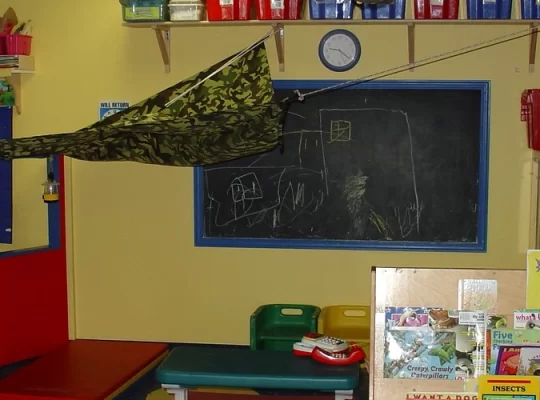The United States government does allow taxpayers to deduct the cost of child care through the Child and Dependent Care Credit. You can reduce your taxable income by a specific percentage by using this credit and using it to pay for child care.
Care Credit
If you want to claim the Child and Dependent Care Credit, you have to fulfill these conditions:
You must have covered daycare costs to be eligible to work or seek employment.
A qualified kid under thirteen or a handicapped dependent of any age may be eligible for reimbursement of childcare expenditures. For the year, you need to have made money.
Your income and the amount of qualifying children or dependents determine the Child and Dependent Care Credit you are eligible to claim. In 2023, you can claim a maximum of $3,000 for one dependant or kid and $6,000 for two or more. Depending on your income, you can deduct a portion of your daycare expenditures, ranging from 20% to 35%.
Include Form 2441 with your tax return to claim the Child and Dependent Care Credit. When you file child care costs, include details like the provider’s name and address, the total amount you paid, and the dates paid.
Eligibility
Additional considerations regarding the Child and Dependent Care Credit are as follows:
Only daycare costs that you have paid for are eligible for the credit. Claiming the credit for costs for which you have already received reimbursement is impossible.
You may only claim the child care credit for the amount that goes over what your employer’s dependent care benefits provide when paying for child care.
You can still receive the Child and Dependent Care Credit even if you have no tax liability.
The source of the childcare subsidy determines whether it is taxable income.
Employees are often not subject to taxes on childcare subsidies offered by their employers. Because of this, the worker will not be subject to income tax on the assistance amount.
Tax treatment of government-funded childcare subsidies is conditional on the specifics of each case. Depending on the program and the recipient’s income, government-provided childcare subsidies may or may not be tax-deductible.
Low-income American families can get help paying for child care through the Child Care and Development Fund (CCDF) program. The receiver is not subject to taxes on CCDF assistance.
The Dependent Care Assistance Program (DCAP) permits American businesses to provide tax-free childcare subsidies to their workers. The employee is exempt from paying taxes on DCAP assistance.
However, taxpayers who pay for childcare expenditures can take advantage of the Dependent Care Credit. Anyone who receives the Dependent Care Credit will have to pay taxes.
Seek the advice of an expert if you are still determining whether your childcare assistance qualifies as taxable income.
To round out your tax return, here are some more suggestions on how to submit childcare subsidies:
On your W-2 form, your employer will disclose to the IRS the amount of any childcare subsidies that you received from them.
You should include the amount of any government-provided childcare subsidies on your tax return. Please consult a tax expert for detailed instructions on reporting government-provided childcare subsidies, as they might differ.
You must include the whole cost of child care on your tax return if you want to claim the Dependent Care Credit. It does not matter if you have a government-subsidized childcare program; you can still claim the Dependent Care Credit. Use these guidelines to ensure you are not missing any tax deductions for your childcare subsidies.



